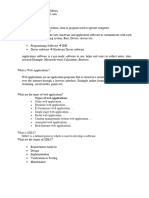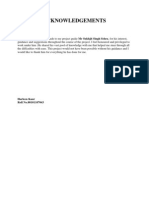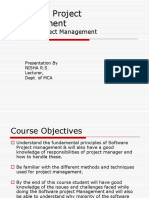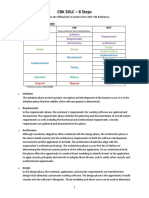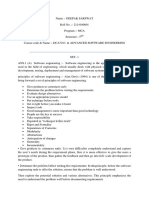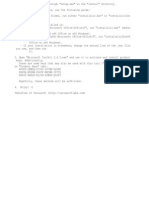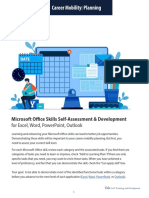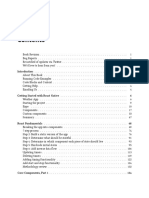0% found this document useful (0 votes)
150 views3 pagesSoftware Development Security - SDLC & C&A
The document discusses the seven phases of the Systems Development Life Cycle (SDLC): requirements gathering and analysis, design, implementation/coding/development, testing, deployment, maintenance, and certification and accreditation. It also describes the Capability Maturity Model Integrated (CMMI), which aims to institutionalize predefined delivery practices to increase the probability of successful project completion. The CMMI model has five maturity levels from initial to optimizing.
Uploaded by
Martin BrownCopyright
© © All Rights Reserved
We take content rights seriously. If you suspect this is your content, claim it here.
Available Formats
Download as PDF, TXT or read online on Scribd
0% found this document useful (0 votes)
150 views3 pagesSoftware Development Security - SDLC & C&A
The document discusses the seven phases of the Systems Development Life Cycle (SDLC): requirements gathering and analysis, design, implementation/coding/development, testing, deployment, maintenance, and certification and accreditation. It also describes the Capability Maturity Model Integrated (CMMI), which aims to institutionalize predefined delivery practices to increase the probability of successful project completion. The CMMI model has five maturity levels from initial to optimizing.
Uploaded by
Martin BrownCopyright
© © All Rights Reserved
We take content rights seriously. If you suspect this is your content, claim it here.
Available Formats
Download as PDF, TXT or read online on Scribd
/ 3





















